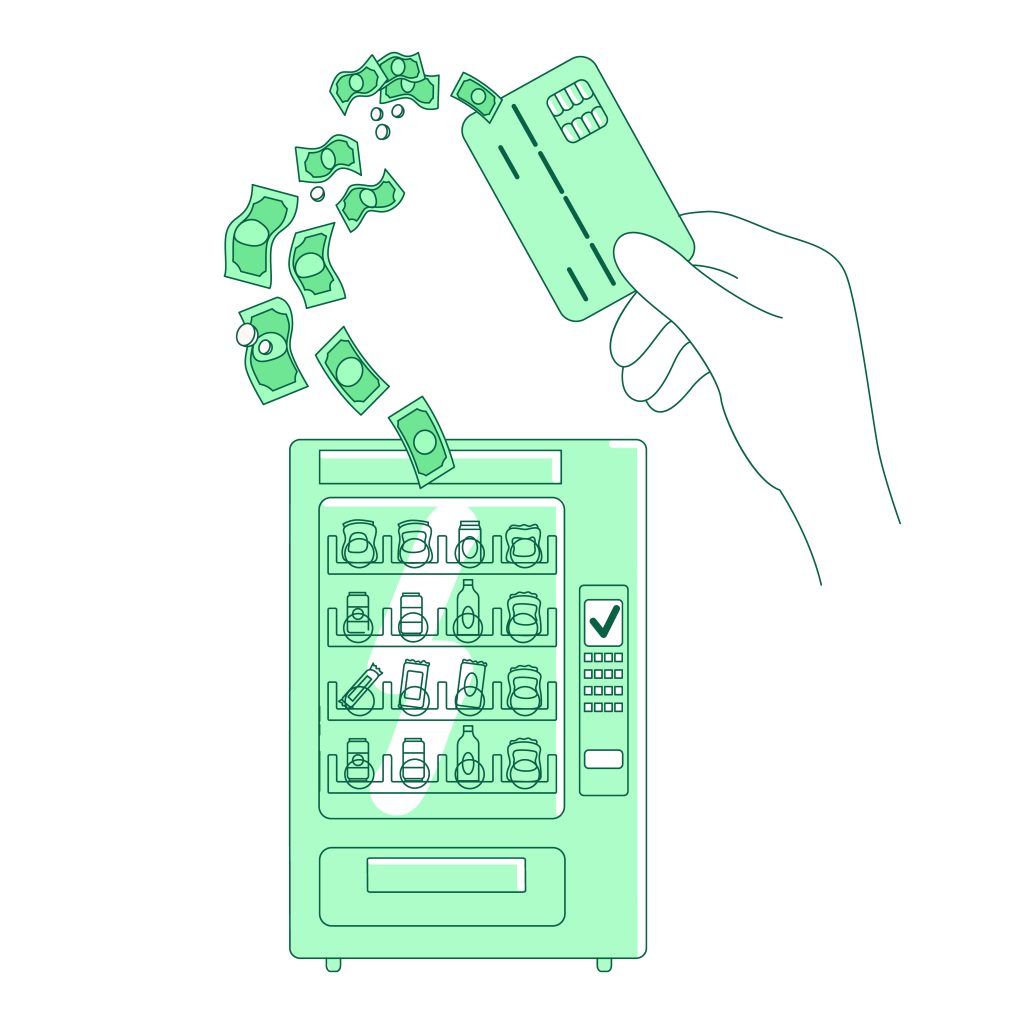Micropayments and Subscription Models – A New Revenue Frontier
In the ever-evolving landscape of digital content consumption, businesses are constantly seeking innovative ways to monetize their offerings. Two prominent revenue models that have gained traction in recent years are micropayments and subscription models. Each has its unique advantages and challenges, paving the way for a new revenue frontier in the digital age. Micropayments, as the name suggests, involve charging users small amounts of money for individual pieces of content or specific actions. This model is particularly appealing for consumers because it offers flexibility users only pay for what they use, avoiding the commitment of a full subscription. This approach has proven successful for various media outlets, mobile games, and online services. One of the key benefits of micropayments is their potential to unlock previously untapped revenue streams. Creators can monetize their content incrementally, catering to a wide audience, including occasional users who might not commit to a full subscription. This can be a game-changer for content creators, as it enables them to earn revenue even from users who engage infrequently.

However, micropayments are not without their challenges. The need to constantly make small payments can be a friction point for users, potentially leading to a decline in engagement if not managed carefully. Additionally, micropayments may not be suitable for all types of content, particularly long-form or high-cost productions, as users may find it more cost-effective to opt for a subscription instead. On the other side of the spectrum, subscription models offer predictable and recurring revenue for businesses. Subscribers enjoy the convenience of accessing content without any additional fees, fostering a sense of loyalty. This approach has become increasingly popular for streaming services, news outlets, and software providers. Subscription models encourage customer retention, allowing businesses to build strong, lasting relationships with their user base. Furthermore, subscription revenue tends to be more stable and less reliant on user engagement fluctuations compared to micropayments.
Nonetheless, subscriptions can also pose challenges. To justify the recurring expense, businesses must consistently deliver value to their subscribers, which may be demanding for smaller content creators. Moreover, subscription fatigue is a growing concern, as consumers are inundated with an ever-expanding list of services to subscribe to, leading some to question the sustainability of this model in the long run. In conclusion, the choice between micropayments and subscription models represents a new frontier in digital revenue strategies and check over here https://www.family-paybank.com/. Businesses must carefully consider their content, target audience, and industry to determine the most suitable approach. Some may even find success in combining both models, offering users the freedom to choose how they access content. Ultimately, as the digital landscape continues to evolve, so too will these revenue models. Innovations in payment processing, user experience and content delivery will shape the future of monetization strategies. The key is to strike a balance between meeting the diverse needs of consumers and ensuring sustainable revenue growth in an ever-competitive digital marketplace.